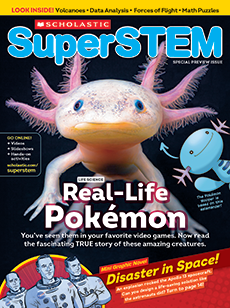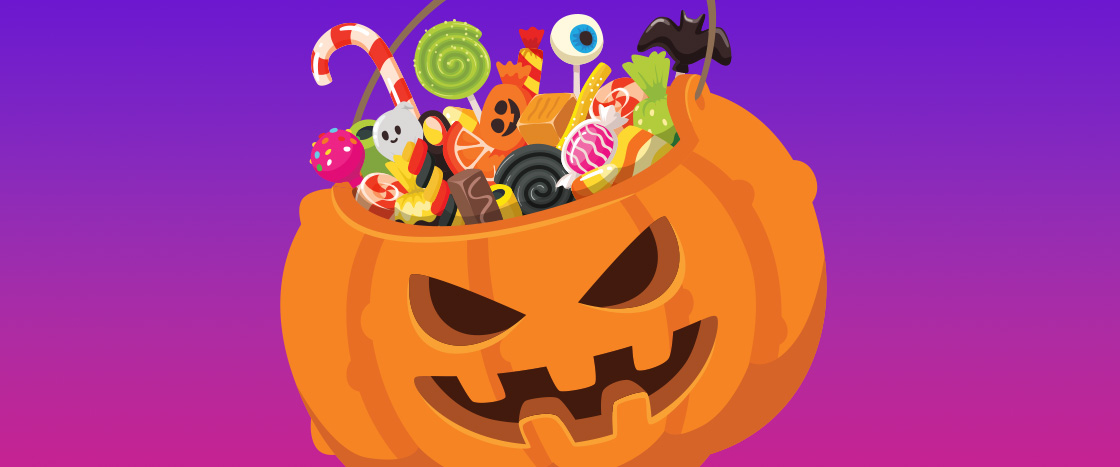On Halloween, millions of costumed kids will go door-to-door collecting candy. Americans buy almost 270 million kilograms (600 million pounds) of Halloween sweets each year. But where did the trick-or-treating tradition come from?
More than 1,000 years ago, the Celtic people lived throughout Europe. They believed that once a year, on a holiday called Samhain, ghosts visited the living. To help the spirits, the Celts left food and drinks on their doorsteps. Eventually, people started dressing up as imaginary creatures and performing entertaining acts in exchange for treats and drinks. In the 19th century, immigrants from Ireland and England brought the tradition to America.
While Halloween candy may be tasty, experts recommend kids eat it only in moderation because of its high sugar content. Explore the graphs for more fun facts about these sweet treats!

